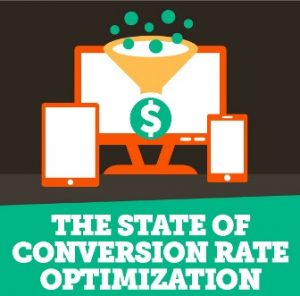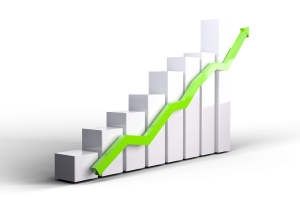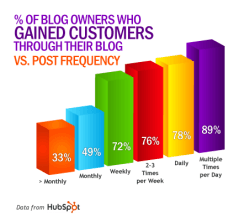— September 22, 2017

DigitalMarketingAgency / Pixabay
As the world approaches a decade since the meltdown that rocked its financial markets, it is more desperate than ever for a revolution. Some bandages have been applied, but many believe we’re overdue for another financial crash. New regulations in Europe represent a potential solution, however, and it could be closer than many anticipate. For many, the fast-approaching changes will not only plug the holes that proved compromising in 2008 but also create room for new competition and growth.
Some of this expansion will be in established industries such as lending, which will soon have more room for new competition, but there will also be cross-border opportunities thanks to new legislation. The changes are sweeping, to be sure, and drastically alter how the future of banking in the European Union will look.
New Framework Under Construction
Concerning new banking laws, the European Union is acting as a single regulatory body for all the territories in its economic union. A primary weapon in its arsenal is the PSD2, otherwise known as the revised Payment Services Directive. Though it came into existence last year, EU countries have until the beginning of 2019 to adopt its standards. Among updated digitization, transparency and availability of information requirements, a significant part of the PSD2 concerns third-party providers (TPPs). It’s through these TPPs that most of the changes will occur.
The huge strides that society has taken in terms of technological advancement were largely useless to banking before 2008 because banks kept their data to themselves. After the crisis, regulators discovered that many of these banks were still using paper filing systems, which was not conducive to transparency or speed. Laws that forced them to open their books allowed many tech companies to join the fray, using proprietary algorithms and other tools to glean insights and provide services faster than banks had. These third-party providers are carving out new industries in micro-payments, analytics, payment processing and more, and the reins are about to loosen even further.
Why It Matters
As countries around the EU anticipate the incoming 2019 deadline and fall into line with the new regulations, a single function of the PSD2 will become more important to this “new era”. Banks that are regulated under these new standards must comply with requests from any European TPP or financial institution to access their information on customers and accounts. Naturally, this tears down the many barriers that once stopped a French portfolio analysis company, for example, from serving German customers.
These companies could be small fintech startups or multinational competitors, and they will regardless be required to comply with an entity asking for their data. The new regulations carving out room will breed new competition, which makes it easier for customers to find a solution they like, and pay online securely. Payment processes for consumers have changed significantly in the last decade, and PSD2 is ready to make these changes universal across all industries.
Getting a Head Start
Companies are already preparing themselves for an even playing field. Large international players like Google and Apple are adding new financial departments, even if they have no idea what kind of products or services to create. For all the market knows, they could be planning anything from a tool to pay one’s bills in a single place, to an app that analyzes one’s multi-bank portfolio and re-balances it.
The natural obstacle for banks, who have thus far enjoyed a reign largely free of competition, will be to make more of their services accessible, while the biggest threat to new entrants is the PSD2’s high security requirements. Banks and TPPs making use of PSD2 will need to meet many strict security standards, including providing strong authentication, storage, and monitoring tools.
Payment processors are already getting on board. One example of a service that is already compliant with future standards is Trustly, a next-generation solution that aims to let its customers pay anywhere, online or off, from a single account.
As Trustly CEO Oscar Berglund said, “In the coming years, traditional bank payments will become faster, safer and more convenient. This advancement will be driven mainly by better and more user-friendly methods of digital authentication. Authentication is moving mobile, with text messages or apps like Mobile BankID in Sweden, and that I think will really continue driving the usage of bank payments also in an e-com context”.
Other companies are also jumping on the digital banking and payment bandwagon, and taking advantage of more open regulations. Companies such as payment processor Square, with its Square Cash app, can connect directly to bank accounts and digital wallets, offering instant payment ability. Some are also going the specialized route, with companies like TabbedOut, which offers payment systems for bars and restaurants.
The Future Looks Bright
As services digitize, PSD2 and similar banking regulations will ensure that they will be easy and safe for consumers anywhere to use. There will certainly be a huge upheaval to make this idea a reality, but one single fact makes this huge endeavor possible: it was announced ahead of time. There is no revolutionary product or service forcing the competition to keep up. This time, it’s literally a race to the starting line.
Business & Finance Articles on Business 2 Community
(92)








